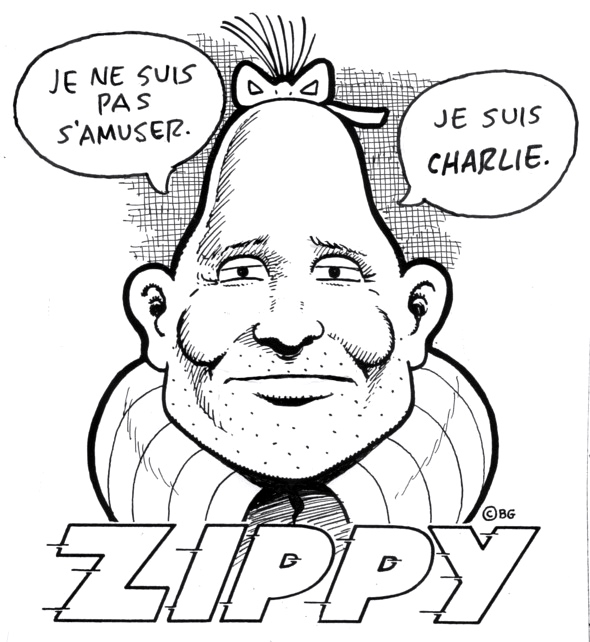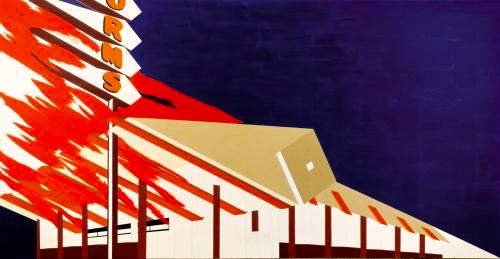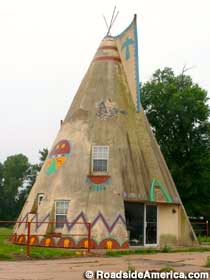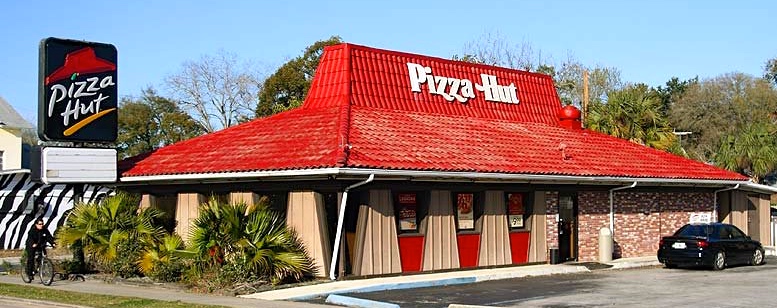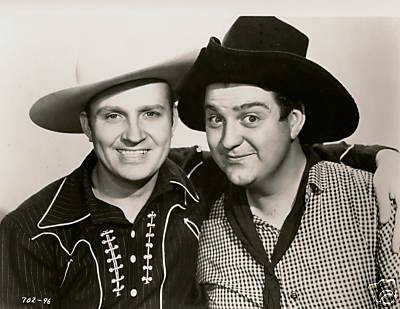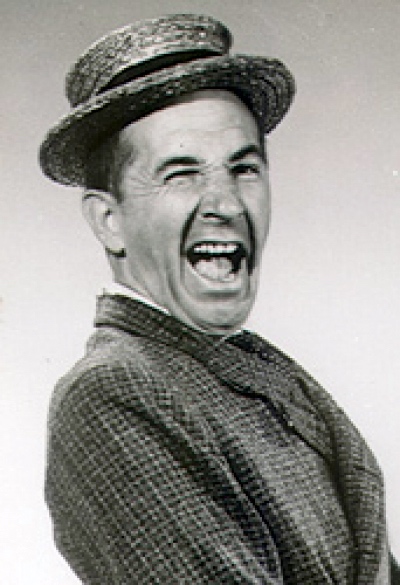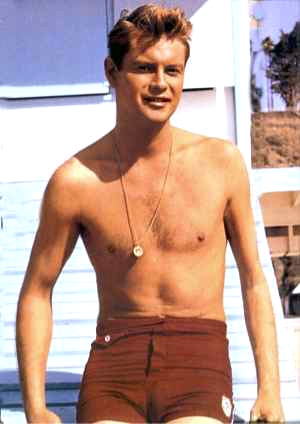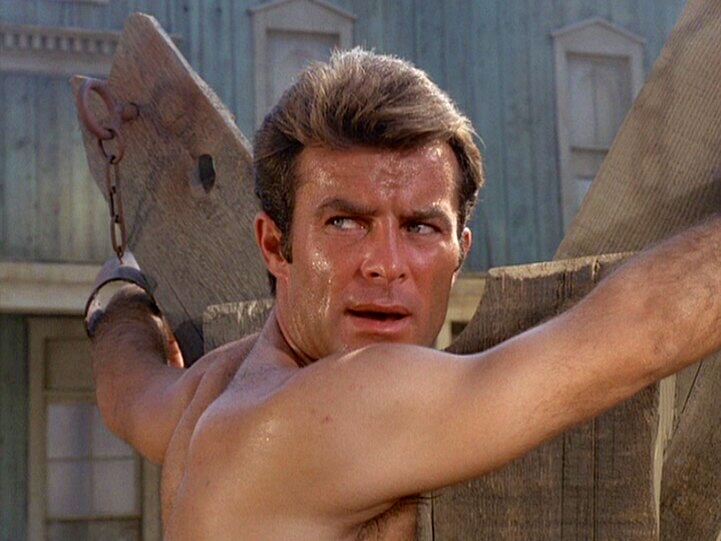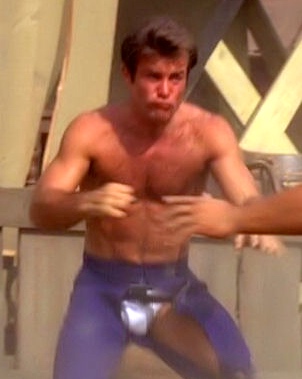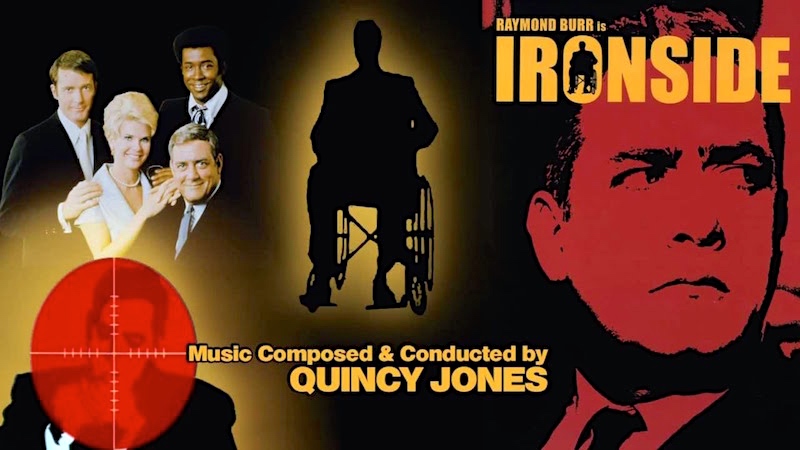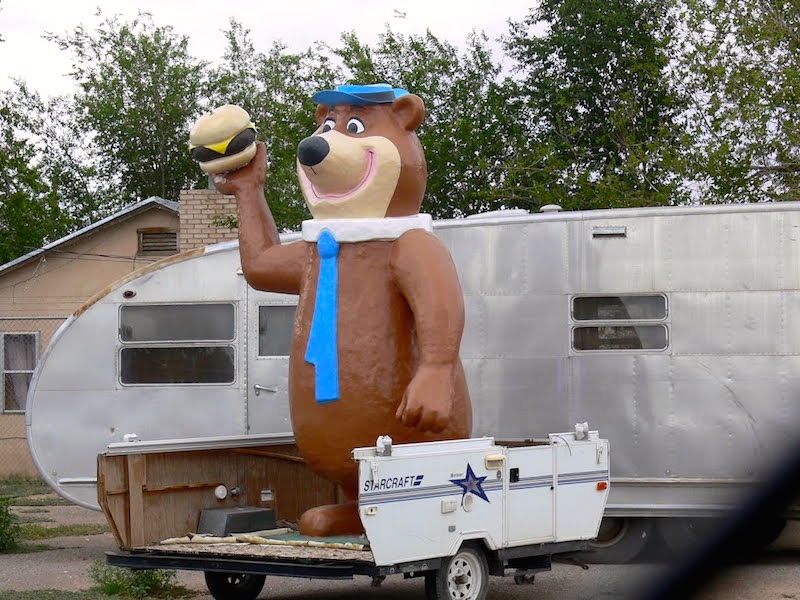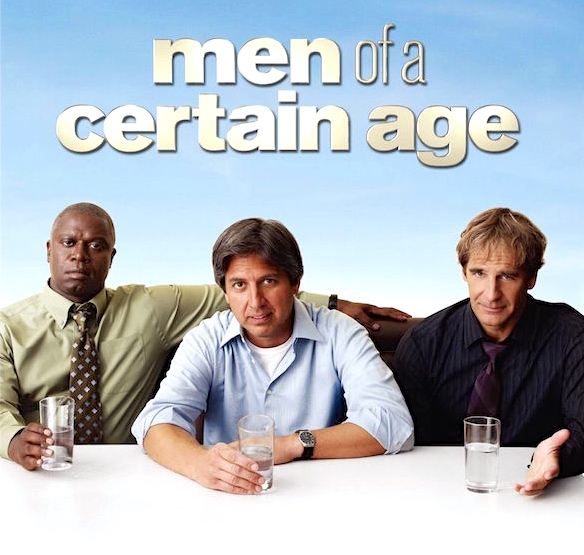I occasionally post about my “morning names” — names that I wake up with stuck in my head, for no reason I can fathom. Today’s morning name was Jensen Ackles, an actor I’ve already written about on this blog (on 8/21/13). But: on Saturday, the social psychologist Bibb Latané; on Sunday, the actor Pat Buttram (noted for cowboy and hayseed roles); and yesterday, the hayseed performer Judy Canova.
The last two will lead me to reflect on farm folk as comic characters, and the last to the 1937 movie Artists and Models, with its mixture of “high” and “low” characters.
Bibb Latané. A memorable name: Bibb as in Bibb lettuce (Butterhead lettuce, “also known as Boston or Bibb lettuce, this type is a head lettuce with a loose arrangement of leaves, known for its sweet flavor and tender texture” (link), Bibb after Jack Bibb, the American horticulturalist who developed it (NOAD2)), or as in “Bibbidi-Bobbidi-Boo” (a 1948 novelty song, introduced in the 1950 Disney animated film Cinderella (link)); plus the French family name Latané (three syllables, accented on the last).
From Wikipedia:
Bibb Latané (born July 19, 1937) is a United States social psychologist. He is probably most famous for his work with John Darley on bystander intervention in emergencies, but he has also published many articles on social attraction in animals, social loafing in groups, and the spread of social influence in populations. Latané was instrumental in introducing ideas from dynamical systems theory into social psychology, demonstrating, for example, how various forms of order could emerge spontaneously in large social groups from individual’s simple attempts to fit in with their local neighbors.
Latané received his B.A. from Yale in 1958 and his Ph.D. (under the mentorship of Stanley Schachter) from the University of Minnesota in 1963. He taught at Columbia University, the Ohio State University, Florida Atlantic University, and the University of North Carolina at Chapel Hill. In the 1980s, he was director of UNC’s Institute for Research in Social Science (now the Odum Institute). He is currently director of the Center for Human Science in Chapel Hill, NC, which he founded.
Ohio State is where I came across him.
Latané in an amiable informal photo:
![]() (#1)
(#1)
Pat Buttram. Another memorable name, this time because of its “country” sound and the coarseness of the butt in it. It’s his real name. From Wikipedia:
Maxwell Emmett “Pat” Buttram (June 19, 1915 – January 8, 1994) was an American actor, known for playing the sidekick of [the singing cowboy] Gene Autry and for playing the character of Mr. Haney in the television series Green Acres. He had a distinctive voice which, in his own words, “never quite made it through puberty”.
Autry and Buttram together:
![]() (#2)
(#2)
A clip from Green Acres can be viewed here. The character of Mr. Haney is played for laughs; rural folk are funny.
Judy Canova. Now comes Canova, who made a long career performing as a comic hayseed. From Wikipedia:
Judy Canova (November 20, 1913 – August 5, 1983), born Juliette Canova, was an American comedienne, actress, singer, and radio personality. She appeared on Broadway and in films. She hosted her own network radio program, a popular series broadcast from 1943 to 1955.
… Canova began her show-business career with a family vaudeville routine. She joined her sister Annie and brother Zeke. Their performances as the Three Georgia Crackers took them from theaters in Florida to a club in Manhattan, the Village Barn. Canova sang, yodeled, and played guitar and she was typed as a wide-eyed likable country bumpkin, often barefoot, and wearing her hair in braids, sometimes topped with a straw hat. Sometimes, she was introduced as The Ozark Nightingale, although she had no connection to the region.
![]() (#3)
(#3)
And in this video,
Judy Canova and siblings Anne and Zeke perform the “Ballad of Frank and Jesse James” in Artists and Models (1937). The movie stars Jack Benny, Ida Lupino, Gail Patrick, Ben Blue etc. Judy plays Lupino’s hillbilly roommate.
Hayseed comedy. I’ll say more about the movie in a moment. But here a few words about Canova’s stage character, which made me decidedly uneasy when I listened to or watched her as a child. My family’s roots are in farms (and the factory floor), and I grew up very close to farmland (only a few blocks from my parents’ nominally suburban house). Canova’s stage persona was a comic hillbilly fantasy set in an imagined southern Appalachia or Ozark mountains, nothing even remotely like the people and places of the Pennsylvania Dutch farm country I was familiar with, and it offended me.
My mother, on the other hand, whose parents grew up on farms, enjoyed Canova’s performances. Maybe she was just happy that farm people appeared in the media, even in a condescending way. Consider what I said in a 7/12/10 posting about a Haefeli cartoon and about gay people searching for gay people in the media. In the cartoon, one gay man to another: “I actually saw ten gay characters on television this week – which almost balanced out the 2,174 straight characters I saw.” And then I wrote about
the dogged searching out of “our kind” of people in the media — something members of marginalized groups very often do. Think of Henry Louis Gates’s poignant recollections of his childhood (in his 1994 Colored People: A Memoir), with his family and their friends seizing on representations of black people on radio and television, even when these were produced by white people and even when they were unflattering; what mattered was that they were.
Even Amos ‘n’ Andy on the radio, with the title characters played by white men, would do.
Artists and Models. From Wikipedia:
Artists and Models is a 1937 black-and-white American musical comedy film, directed by Raoul Walsh, produced by Lewis E. Gensler, and starring Jack Benny and Ida Lupino.
Plot, from IMDb:
In this musical comedy, Mac (Jack Benny), head of his own advertising agency, is charged with finding a queen of the Artists and Models Ball. Mac’s client Alan Townsend (Richard Arlen) is sponsoring the ball and wants a non-professional. The problem is that Mac already promised the title to his girlfriend, model Paula (Ida Lupino). Ready for her big break, Paula travels to Miami to meet Alan and convince him she’s a socialite. Alan is charmed by her, both professionally and personally.
There are the “serious” characters and the characters providing comic relief (notably, Judy Canova), with Jack Benny bridging the two.
About the actors, other than Benny. The sturdy, high-masculinity Richard Arlen:
Richard Arlen (September 1, 1899 – March 28, 1976) was an American actor of film and television. (link)
![]() (#4)
(#4)
Ida Lupino:
Ida Lupino (4 February 1918 – 3 August 1995) was an English-American film actress and director, and a pioneer among women filmmakers. In her forty-eight-year career, she appeared in fifty-nine films and directed seven others, mostly in the United States, where she became a citizen in 1948. She co-wrote and co-produced some of her own films as well. She appeared in serial television programmes fifty-eight times and directed fifty other episodes. (link)
Lupino and Benny together:
![]() (#5)
(#5)
Lupino in 1968:
![]() (#6)
(#6)
The elegant Gail Patrick:
Gail Patrick (June 20, 1911 – July 6, 1980) was an American film actress. Elegant, ironic, sophisticated, cold and calculating is probably the best definition of Gail Patrick’s femmes on the 1930s and ’40s silver screen. She was characterized by a rather unique beauty: She was tall, dark-haired, with long, thin arched eyebrows.
Born Margaret LaVelle Fitzpatrick, Gail Patrick appeared in 62 movies between 1932 and 1948, usually as the leading lady’s extremely formidable rival. Some of these roles include the second wife in My Favorite Wife (1940) with Irene Dunne and Cary Grant; Anna May Wong’s sophisticated competitor in Dangerous to Know (1938); Carole Lombard’s spoiled sister in My Man Godfrey (1936); and Linda Shaw, Ginger Rogers’ rival in Stage Door (1937). Her patrician bearing and luminous beauty also led to her being cast as the lead in films such as James Whale’s Wives Under Suspicion (1938) and Robert Florey’s Disbarred (1939). (link)
![]() (#7)
(#7)
In contrast: the comic Ben Blue:
Ben Blue (September 12, 1901 – March 7, 1975), born Benjamin Bernstein, was a Canadian-American actor and comedian.
Born to a Jewish family in Montreal, Quebec, Blue emigrated to Baltimore, Maryland at the age of nine, where he won a contest for the best impersonation of Charlie Chaplin. At the age of fifteen he was in a touring company and later became a stage manager and assistant general manager. He became a dance instructor and nightclub proprietor. In the 1920s Blue joined a popular orchestra, Jack White and His Montrealers. The entire band emphasized comedy, and would continually interact with the joke-cracking maestro. Blue, the drummer, would sometimes deliver corny jokes while wearing a ridiculously false beard. The band emigrated to the United States, and appeared in two early sound musicals … Blue left the band to establish himself as a solo comedian, portraying a bald-headed dumb-bell with a goofy expression. (link)
![]() (#8)
(#8)
![]()
![]()





